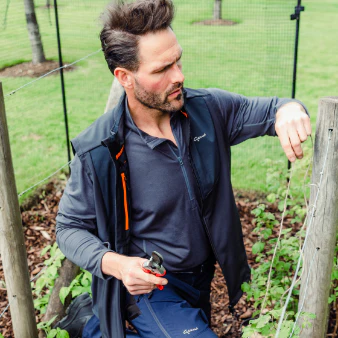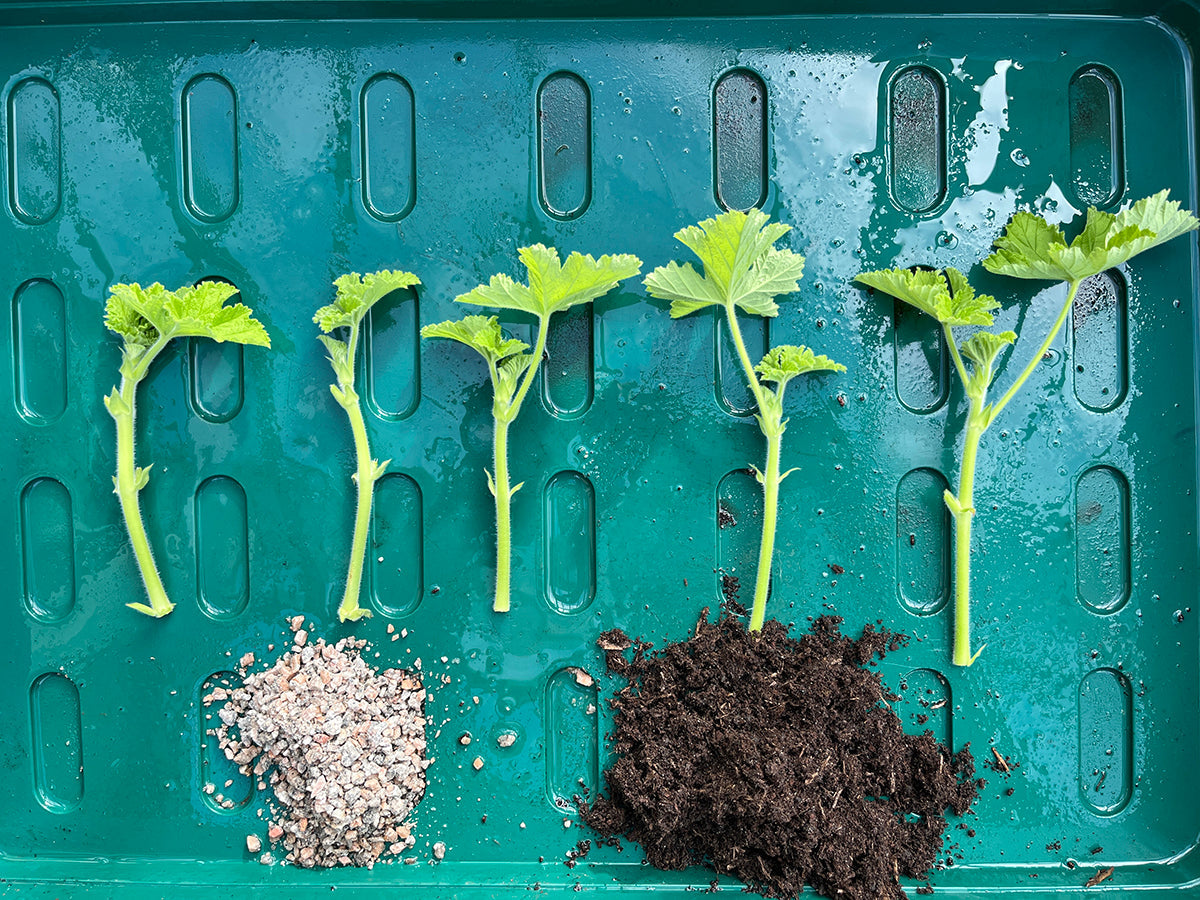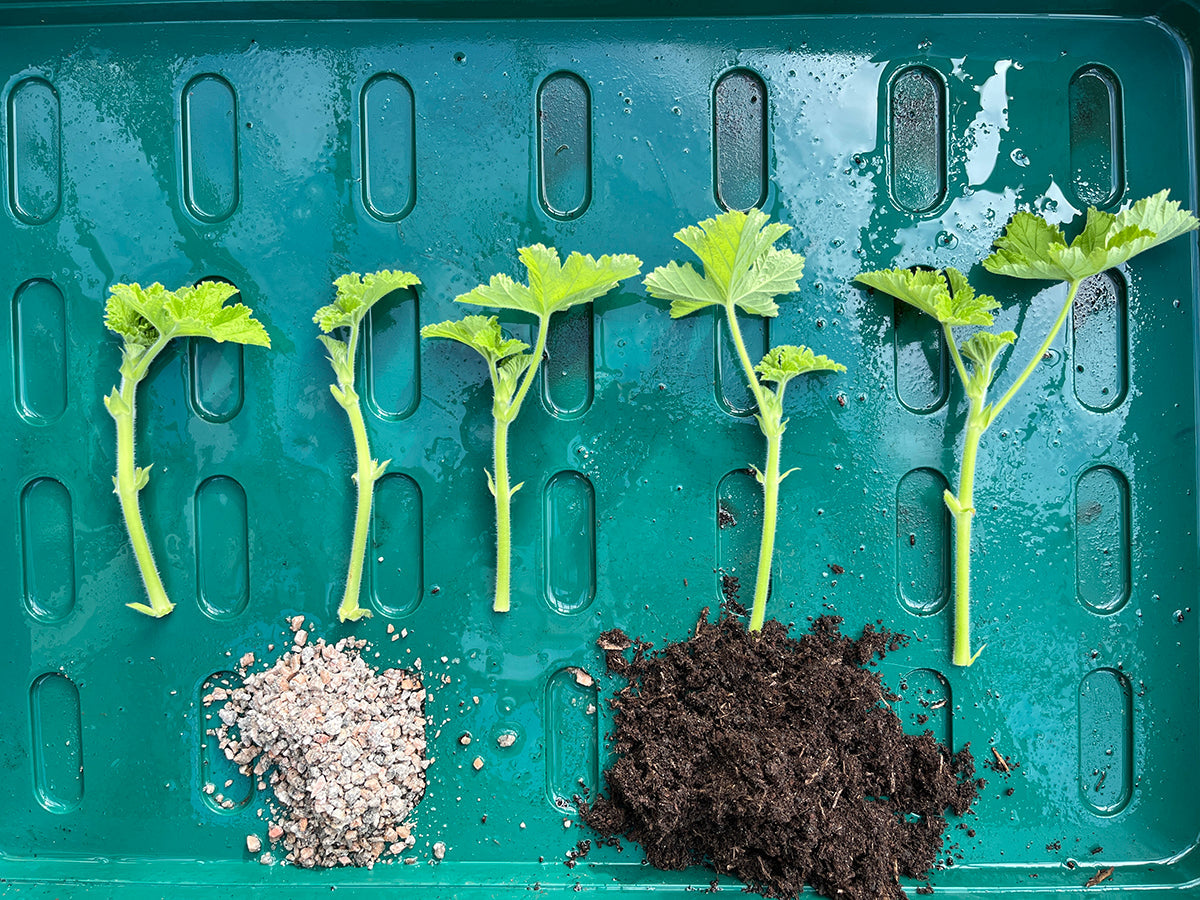Shrub of the month - edgeworthia chrysantha

Winter is when edgeworthia suddenly shouts its presence to the world with a mass of fragrant golden flower clusters on bare branches. This is a stunning deciduous shrub with an architectural, multi-stemmed structure and several seasons of interest.
After flowering, in spring, the handsome foliage of long oval leaves starts to form, creating a tropical feel. The yellow autumn leaves drop to reveal beautiful silvery flower buds, which then open flowers on the tips of the bare stems (February and April).
The shrub works well with other winter and spring flowering plants such as magnolia and rhododendron. They’re also great in a front garden where the scent and flowers can be appreciated. Placed towards the back of a border, they’ll provide a glossy green backdrop to summer flowering perennials.
A native to Japan and China – where the bark fibre is used to make traditional paper - edgeworthia enjoy dappled shade but are happy in full sun or light shade. They naturally grow along stream banks, so prefer moist well-drained loamy soil, ideally in a sheltered spot. In colder areas try them against a sunny south facing wall.
There are various cultivars such as E. chrysantha ‘Red Dragon’ which has stunning orange/yellow flower clusters. E. Grandiflora’ and 'Snow Cream' is a large shrub whereas. E. 'Gold Rush' is a more compact variety. E. papyrifera is a differnt smaller species.











